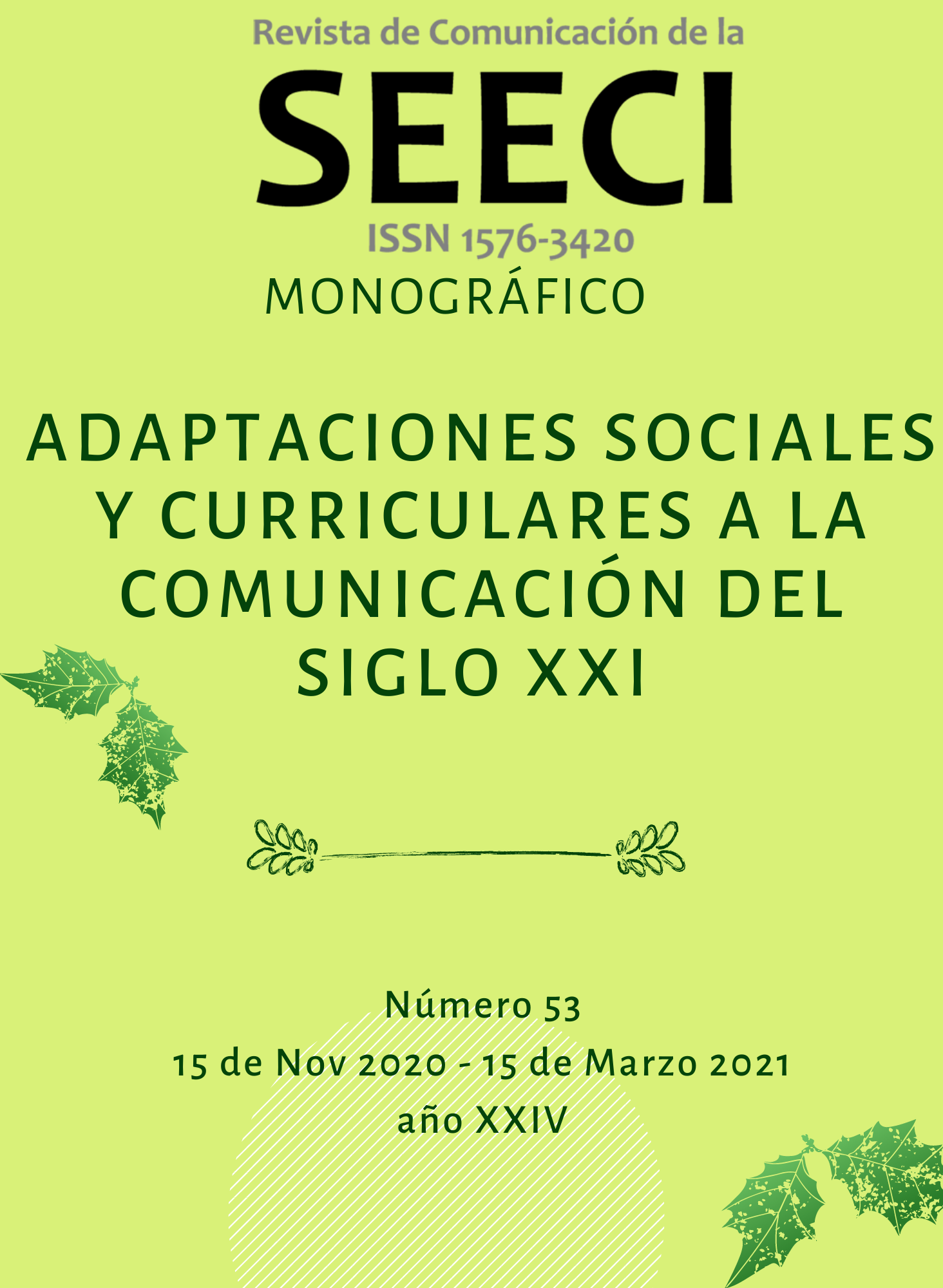Joker, or the salvation of the despoils
Main Article Content
Abstract
The success of "Joker" (2019) has been followed by unease and uncertainty. So much for the different way in which the film depicts a character pop culture has pigeonholed in the role of evil and insane clown who must be stopped at all costs; as for the commercial and artistic need to understand the causes of its success or the plot intricacies of the film and its characters. The general feeling is that the devilish clown is given the right to an understandable motivation for the first time. This is not true: the character has historically had deep and well-written motivations. It is the madness of the character - who predates his encounter with Batman and his famous fall into the acid vat- what receives no justification beyond birth-right until the legendary Joker by Heath Ledger, who gave him a typically Freudian personality frame. Phoenix and Phillips take it one step further, delving into the roots of insanity and the collective responsibility of society for those whom the system fails to save. This Joker is allowed to finally star in his own film, not as an excuse for antisocial behavior, but as an explanation of the very complex causes that motivate him compared to the comparatively simple solutions of what society calls public order. And as a warning that sustainable human management is part of a fully functional society.
Downloads
Article Details
The Journal of Communication of SEECI recognizes and promotes copyright rights, as well as the need to disseminate knowledge in an accessible and equitable manner. Our journal operates under a Creative Commons License CC BY-NC 4.0, which allows authors and users to:
- Share and Adapt: Copy, redistribute, and adapt the material published in the journal in any medium or format.
- Attribution: Properly acknowledge authorship and provide a link to the license, indicating if any changes have been made.
- Non-Commercial: Do not use the material for commercial purposes without the express permission of the authors and the journal.
- Authors retain copyright and may enter into non-exclusive agreements for self-archiving, deposit, or distribution of the publisher's version published in this journal, including institutional, national, or international repositories, and personal websites.
References
Miller, J.-A. (2010). La Salvación por los desechos. Radar, 56. Recuperado de http://www.nel-mexico.org/articulos/seccion/radar/edicion/61/59/La-Salvacion-por-los-desechos
Leoncavallo, R. (1892). Tramuta in lazzi lo spasmo ed il pianto/ in una smorfia il singhiozzo e 'l dolor. En: Leoncavallo, R. Vesti la giubba, Pagliacci. Milán, Italia: Leoncavallo, R.
Lacan, J. (1988). La ética del psicoanálisis (Libro 7, Clase XII). Buenos Aires: Paidós.
Tarrab, M. (2004). Notas sobre el cuerpo. Metaphora, 3, 103-124. Recuperado de http://pepsic.bvsalud.org/scielo.php?script=sci_arttext&pid=S2072-06962004000100016
Pérez Monjaraz, N. (2016). La desterritorialización del cuerpo. Una reflexión acerca de la danza Butoh. Reflexiones Marginales, 36. Recuperado de: http://reflexionesmarginales.com/3.0/la-desterritorializacion-del-cuerpo-una-reflexion-acerca-de-la-danza-butoh





